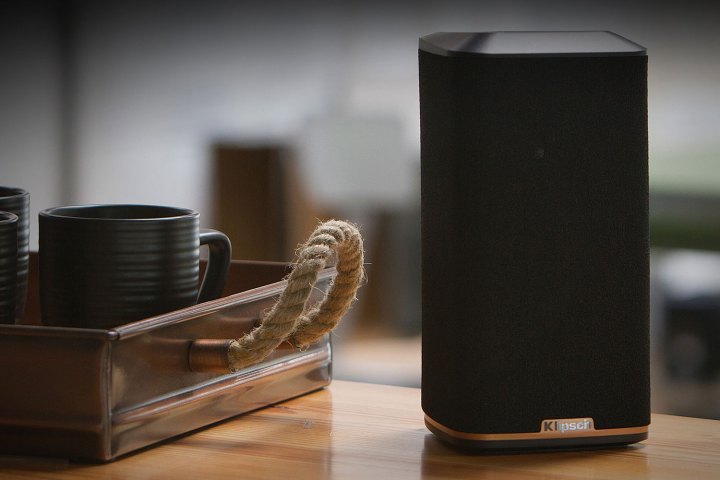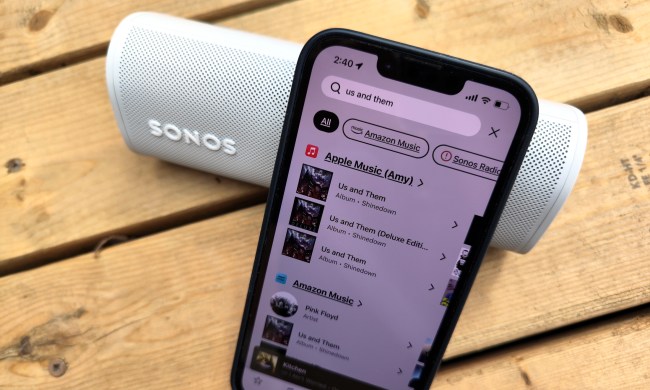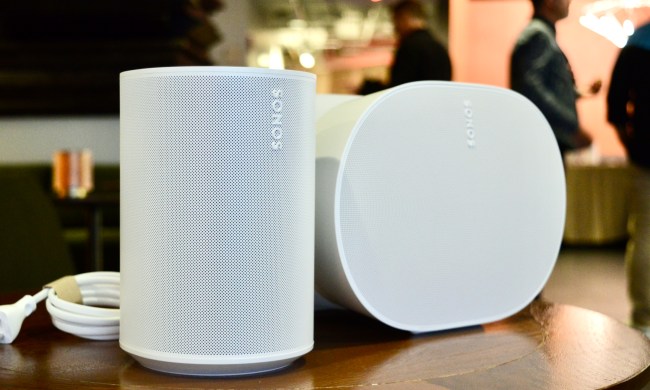
“The new Klipsch Stream Wireless Multi-Room Audio System leads our commitment to innovation in the wireless multiroom audio market with a full-fledged offering of products providing high-resolution audio,” said Paul Jacobs, president and CEO of Klipsch. “Throughout the product line we have incorporated new and existing Klipsch technology to bring the consumer Klipsch signature sound in every room of their house,” added Jacobs.
The Stream system currently consists of two sound bars — the RSB-8 and RSB-15 — a wireless speaker in the RW-1, and a tabletop stereo system somewhat confusingly called The Three. Additionally, two products — the Gate and Powergate — allow legacy products to be used in a wireless multiroom configuration.
The two sound bars feature HDMI inputs and outputs including 4K Ultra HD video passthrough, as well as Bluetooth, optical, and RCA inputs. The 40-inch RSB-8 sells for $500, while the 44-inch RSB-14 sells for $700. Both products are available now.
The RW-1 wireless speaker is one of the closest analogs here to Sonos speakers, and is meant to be used either on its own or to add playback to additional rooms. For stereo sound, two of the speakers can be paired together using Klipsch’s mobile app. The RW-1 sells for $250 and is available now.
The Gate and PowerGate are similar in that both allow other products to interface with Klipsch’s Stream system, but the Gate allows sources like CD players and turntables as inputs, while the PowerGate can drive external speakers as well. Both products are available now, with the Gate selling for $180, while the PowerGate sells for $500.
Finally, the Heritage Wireless Three tabletop stereo system is the only member of the new Stream family that isn’t yet available. This model goes for a vintage look with modern technology like Bluetooth and USB audio inputs, and can be used as a stand-alone system or within the Stream system. The Three will sell for $400, and is planned for release at the end of November.
All the products mentioned here can be controlled via the DTS Play-Fi app or Klipsch’s own Stream app, which is currently available for Android and is pending approval for iOS. A Kindle version of the Stream app is planned for release in 2017. For more information on the entire line of products, see the Klipsch website.


